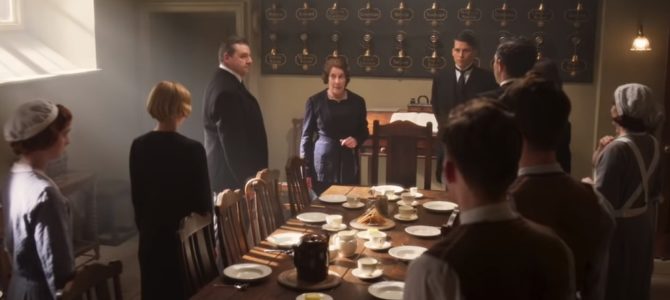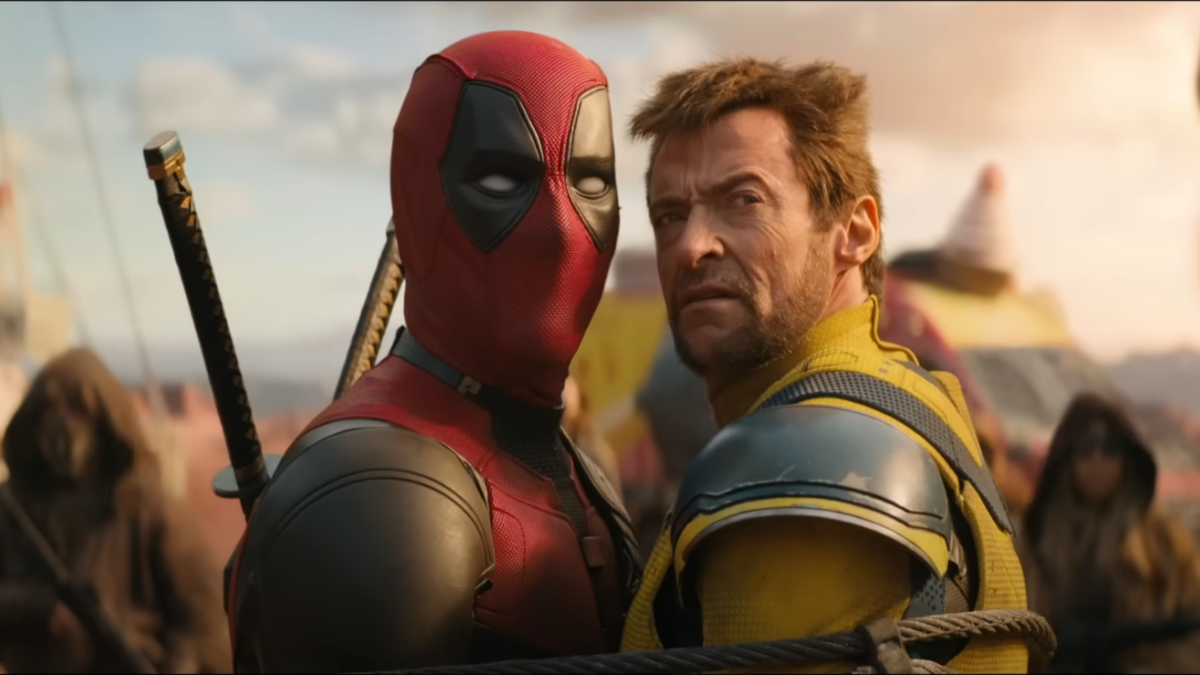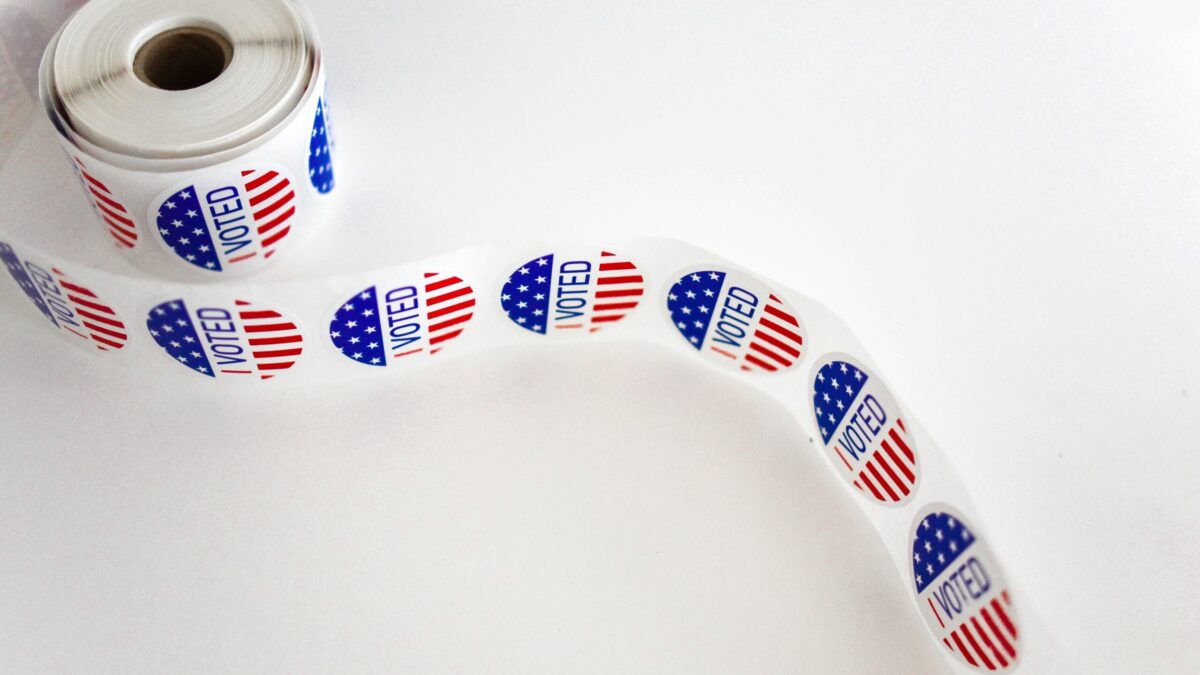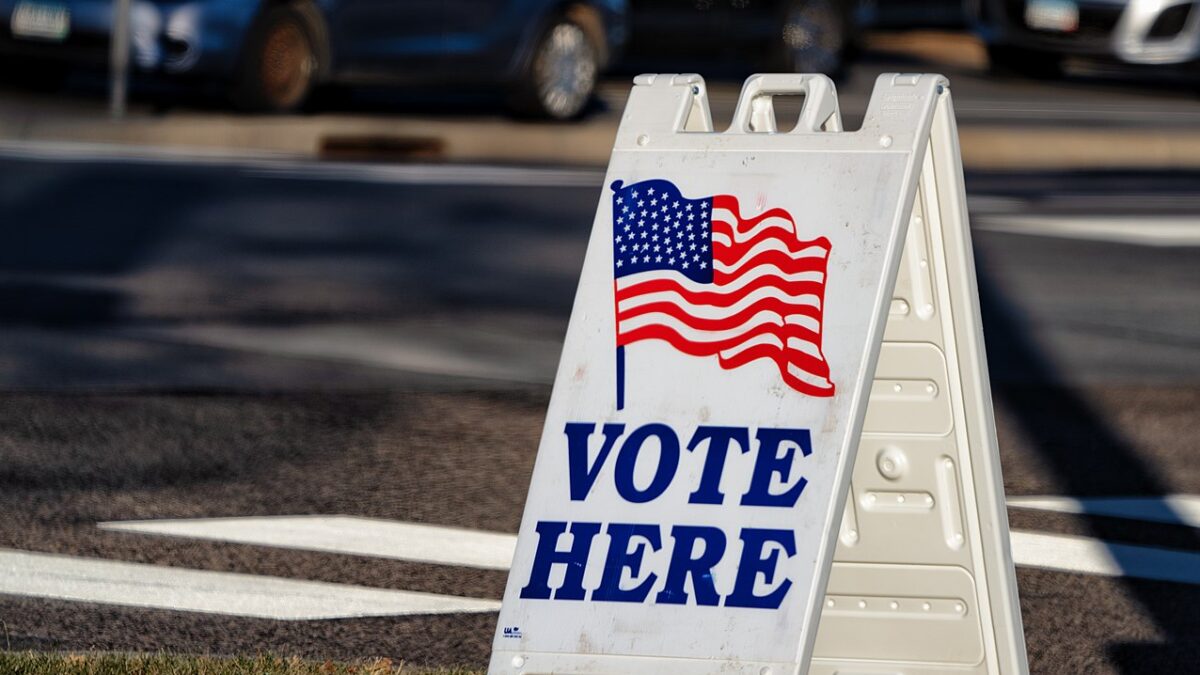
Spoilers for the television series ahead.
“Downton Abbey” devotees will be delighted by the big-screen debut of the British television series that made post-Edwardian elegance so entertainingly irresistible for six seasons.
The show was already sumptuously produced, and its original cast members return to many previously seen settings, so the movie essentially is what Maugham might call “the mixture as before.” Also, only one year has passed at Downton even though four have gone by for us, so there’s no big “Avengers: Endgame”-style time jump. (Incredibly, that’s only the first of two Marvel references in this review—which either says something about the current state of the movie industry, or about Yours Truly.)
Set in 1927, the film opens with a royal missive being transported by train, mail truck, and motorbike from London to Yorkshire. It eventually makes its way to onetime scoundrel but now head butler Thomas Barrow (Robert James-Collier), who attained that position in the series finale. It seems that portly and placid King George V (onetime galactic hitchhiker Simon Jones) and Queen Mary (Geraldine James) will be stopping at Downton for a royal luncheon, parade, and dinner, necessitating all manner of frenzied preparations.
When Barrow seems not quite up to the task, no-nonsense Lady Mary (the wonderfully waspish Michelle Dockery) entreats resolutely dignified former butler Carson (Jim Carter) to come out of retirement. Fortunately, time off seems to have been good for the previously incapacitated Carson. We see zero evidence of the palsy that made him give up his position during the series, where other characters similarly managed to overcome setbacks including paralysis, blindness, cancer, suicidal depression, and anemia with no lasting effects. Carson’s purposeful stroll back to Downton, accompanied by the swelling strains of score composer John Lunn’s unforgettable theme music, is a small but undeniably moving moment.
The arrival of the royals and their retinue turns the usual upstairs/downstairs activities into a more multi-level sport. The king’s personal chef, butler, and footmen dash the hopes of Downton’s employees that they will be able to provide those services, inspiring inventively drastic measures from Downton’s staff to rectify the slight.
The idea that the household staff’s idea of a “revolution” is one in which they, not others, will have the privilege of waiting on members of the aristocracy would make Karl Marx spin like a turbine. Only petulantly unimpressed undercook Daisy (Sophie McShera) seems bothered by any class struggle concerns, and even she goes along with the plan.
Likeably down-to-Earth Tom Branson (Allen Leech), whose years with his young daughter at Downton after wife Lady Sybil’s death have cooled his Irish republican passions, is ambivalent but politely gracious about the king’s visit. A mysterious Major Chetwode (Stephen Campbell-Moore), who arrives in town ahead of the royals, nevertheless suspects Branson’s loyalties and seems determined to make trouble for him.
As Earl of Grantham Robert Crawley (Hugh Bonneville) noted at the conclusion of the series, his almost comically unlucky daughter Lady Edith (Laura Carmichael) ended up outranking every other member of the family by marrying the sweetly decent 7th Marquess of Hexham (Harry Hadden-Paton). One of Edith’s main concerns here is whether a new ball gown can be altered in time for the royal festivities, which may not sound too engrossing. Yet while consistently portrayed as the plain Jane of the clan when clothed, Lady Edith turns out to have what refined upper-class gentlemen of her day might have referred to as “a totally killer bod.”
The potentially perilous subplot of the screenplay (written by “Downton Abbey” creator Julian Fellowes) involves Robert’s previously unseen cousin Lady Maud Bagshaw (played by Imelda Staunton, the real-life wife of Jim Carter). An inheritance crisis involving her maid Lucy Smith (Tuppence Middleton) is so convoluted that its eventual exposition-dump explanation sounds as headspinningly complicated as one of Michael Peña’s rapid-fire story recaps in the “Ant-Man” movies. (Marvel reference number two!)
Dame Maggie Smith returns as the cuttingly witty Dowager Countess Violet Crawley, the earl of Grantham’s mother. The self-proclaimed “expert in every matter” is still prone to drily deadpan comments such as “Macchiavelli is frequently underrated.” One aspect of “Downton Abbey” that often goes unremarked is how well Smith and Dockery complement each other as “Granny” and granddaughter, both displaying a coolly entitled haughtiness that is amusing instead of irritating. When Violet tells Mary that one day Mary will be “the frightening old lady,” she affectionately adds, “You’re the best of me.”
Meek footman turned schoolteacher Mr. Molesley (Kevin Doyle) very eagerly gets back into his Downton livery for the opportunity to wait on the king and queen. His giddy overenthusiasm provides much of the film’s comic relief, including a laugh-out-loud cringeworthy moment. Fortunately, as Queen Mary later reveals, “We are quite used to people behaving strangely when we are near.”
Director Michael Engler helmed four episodes of the groundbreaking TV series, which helped modernize the period drama genre with short scenes and quick cuts. (One example of its legacy is the rebooted “Poldark” series, which seems almost frenetic compared to its 1970s incarnation.) Engler keeps the film moving at a similarly efficient pace, darting nimbly between the various characters.
Also, believable period authenticity wins out over the entertainment industry’s recent trend toward distractingly color-blind diversity in casting. (Elsewhere in England, the BBC now has “representation” quota targets that have resulted in projects like last year’s ridiculously multi-racial “Les Misérables,” which came complete with a bafflingly black Inspector Javert.)
One minor flaw with the film is that many familiar interiors are conspicuously darker than their TV counterparts. Director of Photography Ben Smithard, new to the franchise, may have been going for a richer and more cinematically shadowy style, but slightly overshot the mark (or perhaps “undershot” is more accurate). The result is far from “Game of Thrones” night-battle dismal, but just different enough to be apparent.
As in the series, there is some talk among family members about whether the time finally may have come to chuck the obligations and expense of maintaining Downton by letting it become “a school or an old people’s home,” as Mary reluctantly sighs. Until that day comes, here’s hoping for at least enough sequels to see the old place through World War II, or even into the swinging ’60s and beyond. Just as there always will be an England, there always should be a Downton Abbey.









